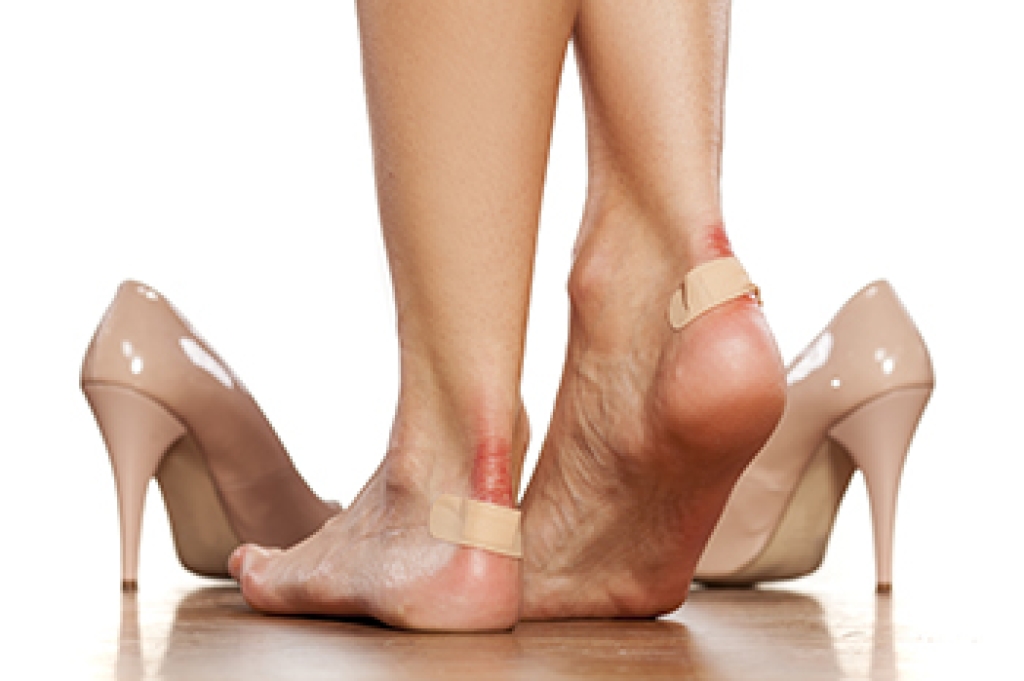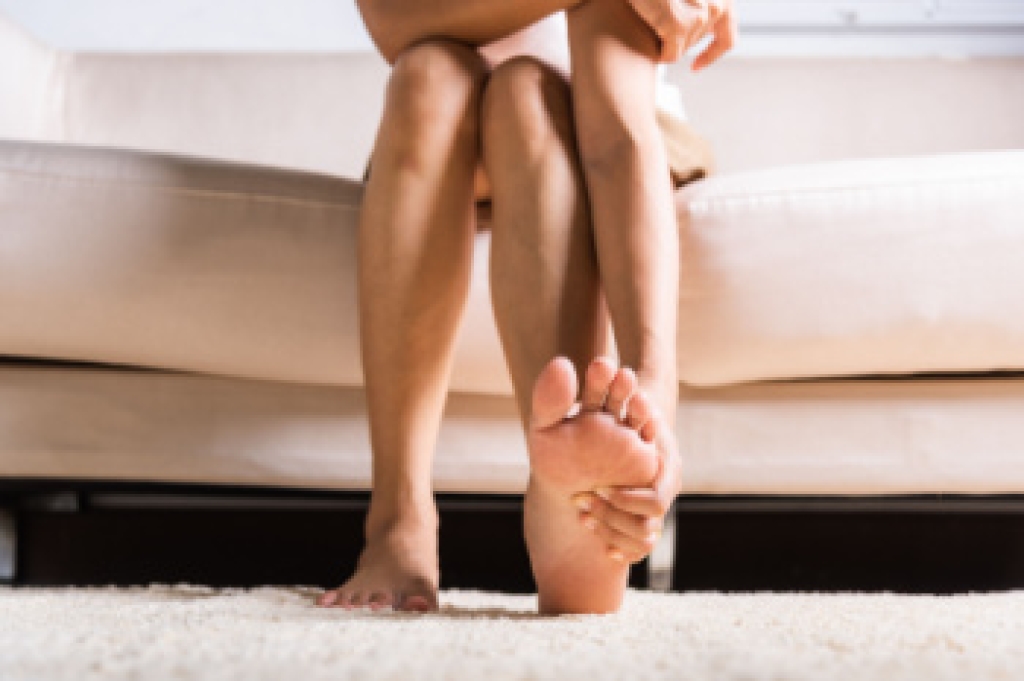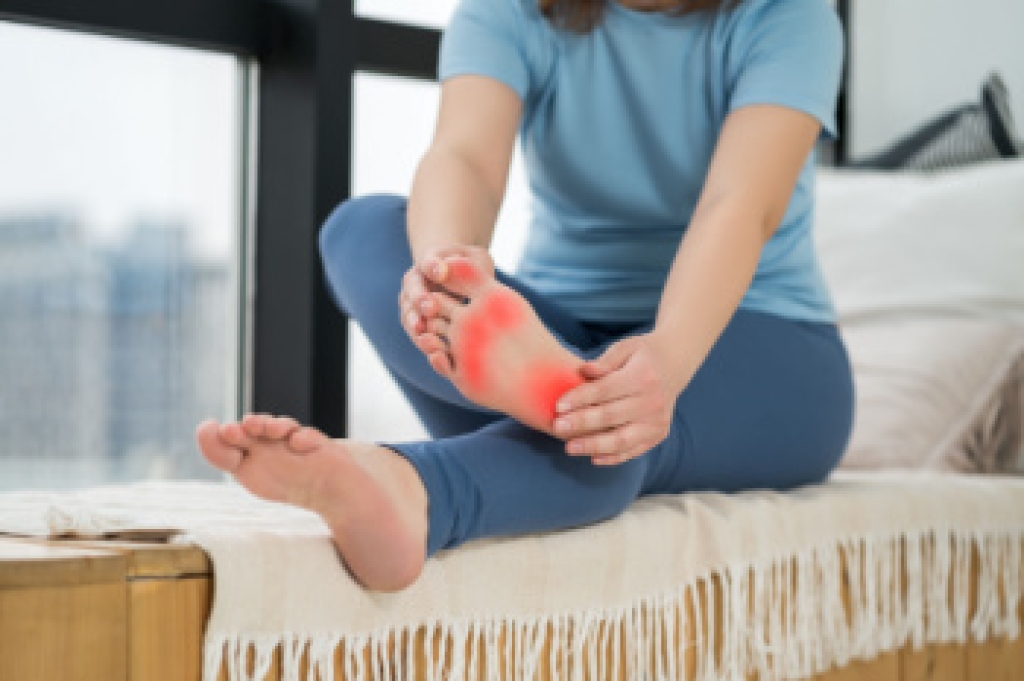
Blisters develop on the feet when the outer layer of skin separates from the layers beneath and fluid fills the space, often as a result of friction. Shoes that are too tight or too loose can cause repetitive rubbing. Moisture from sweat can worsen friction, making blister formation more likely. Socks that bunch or trap moisture also increase the risk. Beyond footwear, increased activity like running or long periods of walking places additional pressure on the feet and may lead to blister formation. Fungal or bacterial infections, such as athlete’s foot or impetigo, can also trigger blistering. Blisters should not be intentionally popped, as this increases the risk of infection. A podiatrist can examine the cause, relieve discomfort, and provide guidance to prevent recurrence. If you have painful blisters on your feet, it is suggested that you make an appointment with a podiatrist for safe and sterile treatment.
Blisters may appear as a single bubble or in a cluster. They can cause a lot of pain and may be filled with pus, blood, or watery serum. If your feet are hurting, contact Andrew Katz, DPM of Allcare Foothealth Center. Our doctor can provide the care you need to keep you pain-free and on your feet.
Foot Blisters
Foot blisters are often the result of friction. This happens due to the constant rubbing from shoes, which can lead to pain.
What Are Foot Blisters?
A foot blister is a small fluid-filled pocket that forms on the upper-most layer of the skin. Blisters are filled with clear fluid and can lead to blood drainage or pus if the area becomes infected.
Symptoms
(Blister symptoms may vary depending on what is causing them)
- Bubble of skin filled with fluid
- Redness
- Moderate to severe pain
- Itching
Prevention & Treatment
In order to prevent blisters, you should be sure to wear comfortable shoes with socks that cushion your feet and absorb sweat. Breaking a blister open may increase your chances of developing an infection. However, if your blister breaks, you should wash the area with soap and water immediately and then apply a bandage to the affected area. If your blisters cause severe pain it is important that you call your podiatrist right away.
If you have any questions, please feel free to contact our office located in Palmdale, CA . We offer the newest diagnostic and treatment technologies for all your foot care needs.




